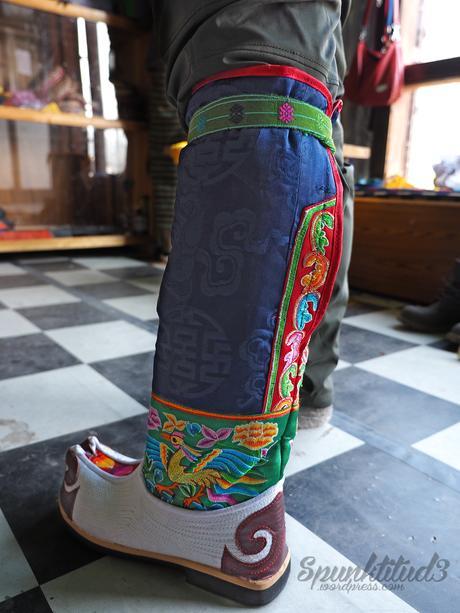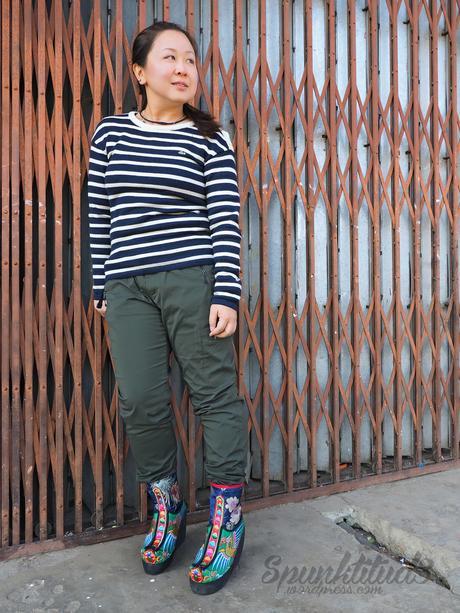 Something which I really wanted from Bhutan were their traditional boots – it was love at first sight when I first saw them on the feet of a Bhutanese gentleman some time ago. To me, it felt like wearing like an amalgamation of Bhutan’s rich cultural heritage on my feet. Plus they made me look five inches taller LOL.
Something which I really wanted from Bhutan were their traditional boots – it was love at first sight when I first saw them on the feet of a Bhutanese gentleman some time ago. To me, it felt like wearing like an amalgamation of Bhutan’s rich cultural heritage on my feet. Plus they made me look five inches taller LOL.
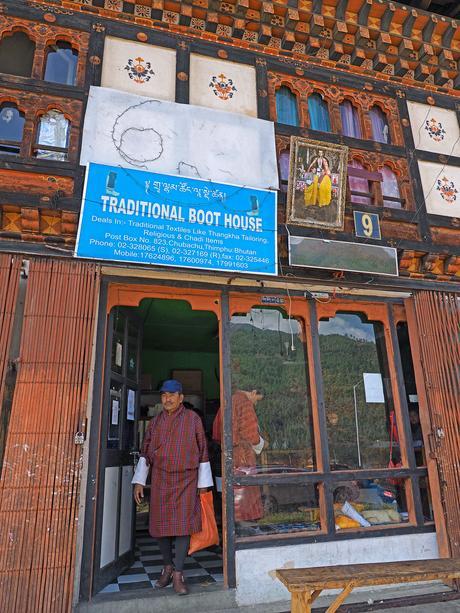
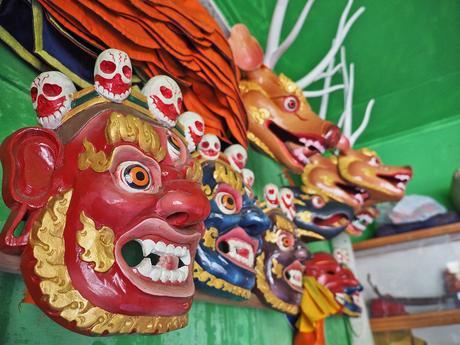
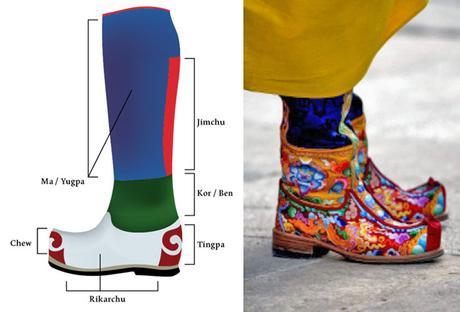
These traditional knee-length boots known as tshoglham, came to Bhutan with Zhabdrung (great Tibetan lamas) in 1616. They were worn by Bhutanese men (usually noblemen) during formal and festive occasions, and they were padded with aromatic pine needles for warmth and comfort. The present King of Bhutan attended his coronation wearing a pair of traditional Bhutanese boots designed by Italian fashion house Salvatore Ferragamo.
(Images from Kuensel and Italy Magazine)
As the craft of boot-making (tsho lham) involves needlework on leather and silk, it is categorized under the art of appliqué and embroidery (tshem zo) in Zorig Chusum, the Thirteen Traditional Crafts of Bhutan. Craftsmen in the villages also make simple boots from uncured leather.
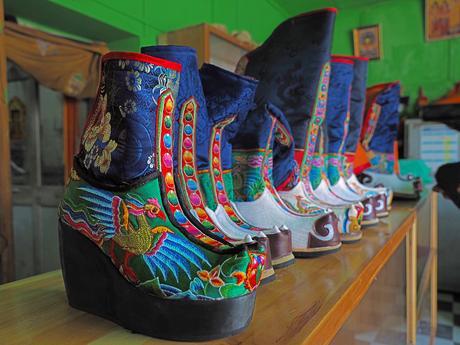
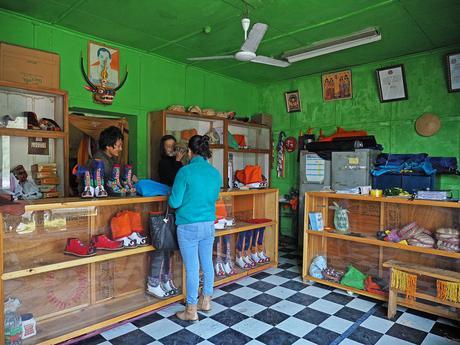
The relatively high price of these boots also make them unaffordable for most Bhutanese – an ordinary pair cost about 1,800 Bhutanese Ngultrums (USD30), and can go up to over 6,000 Bhutanese Ngultrums (USD150) for a more elaborately embroided and quality pair. (The average monthly disposable income of a Bhutanese is about USD235.24) Hence, the craftsmen also face the threat of much cheaper tsholghams from Kalimpong and Jaigon, West Bengal.

As people gradually preferred more comfortable and practical styles of footwear – there was only one Royal Bootmaker Shabgye Tshoglam Wangdi left in the whole of Bhutan and he was unable to find any apprentices to pass on his craftsmanship to. Ap Wangdi had learnt the craft from a master in Tibet and was the only person who could make tshoglhams for the members of the royal family and senior civil servants.
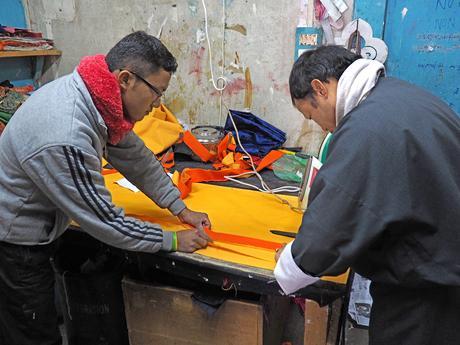
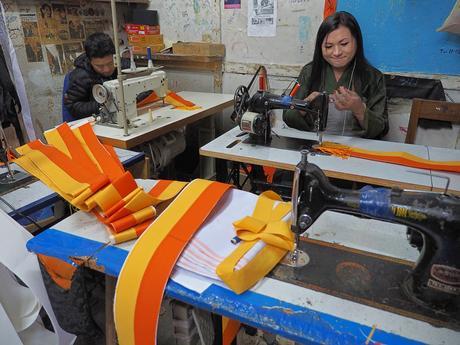
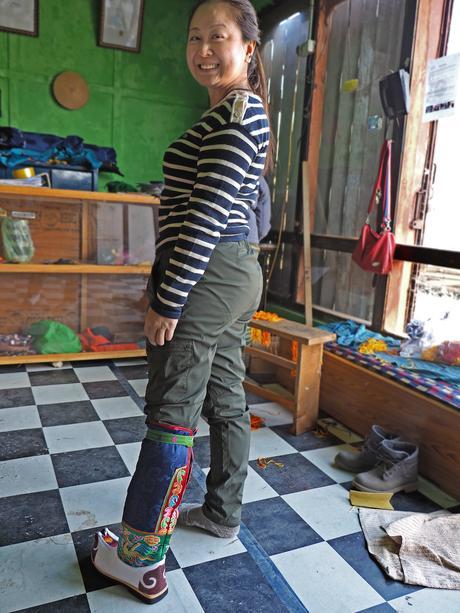
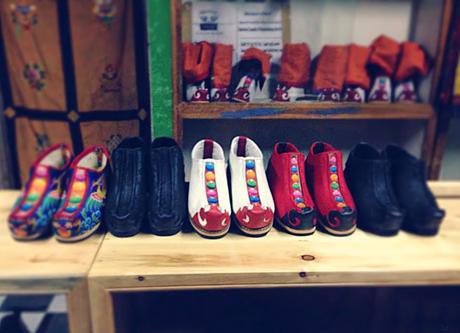
Although the main design of tshoglham has not changed, the materials have changed – thin leather soles have been replaced with thick rubber soles to make them more comfortable, and customers can bring their own design for the shaft of the boot or request to add zippers. Lham, the female version of tshoglhams, are being designed and recently, half-tshoglhams have also surfaced. While it is inevitable that footwear needs to evolve with the modern times, we need to be mindful that an item with that much cultural heritage and tradition is not drastically altered.
